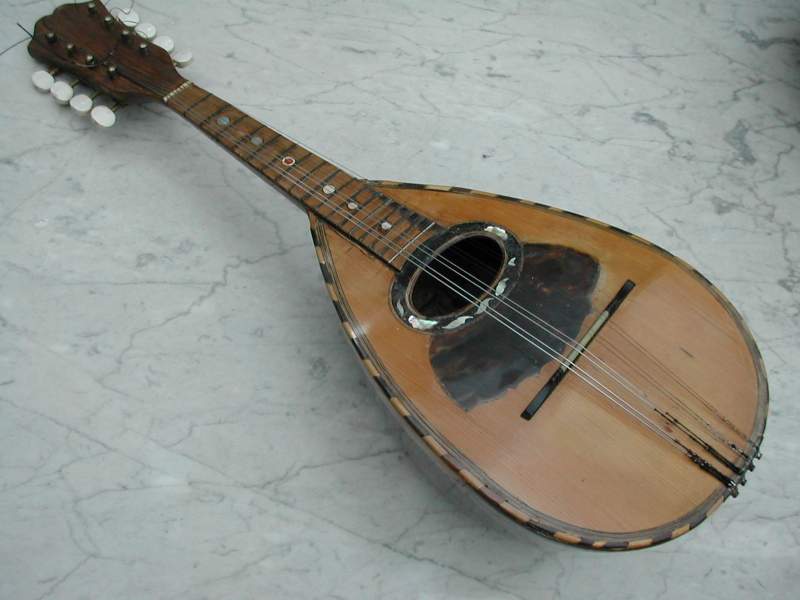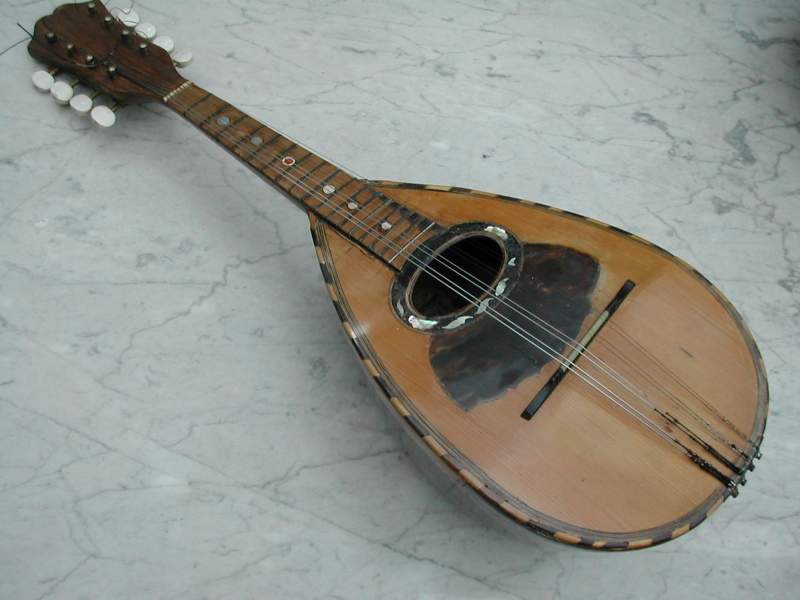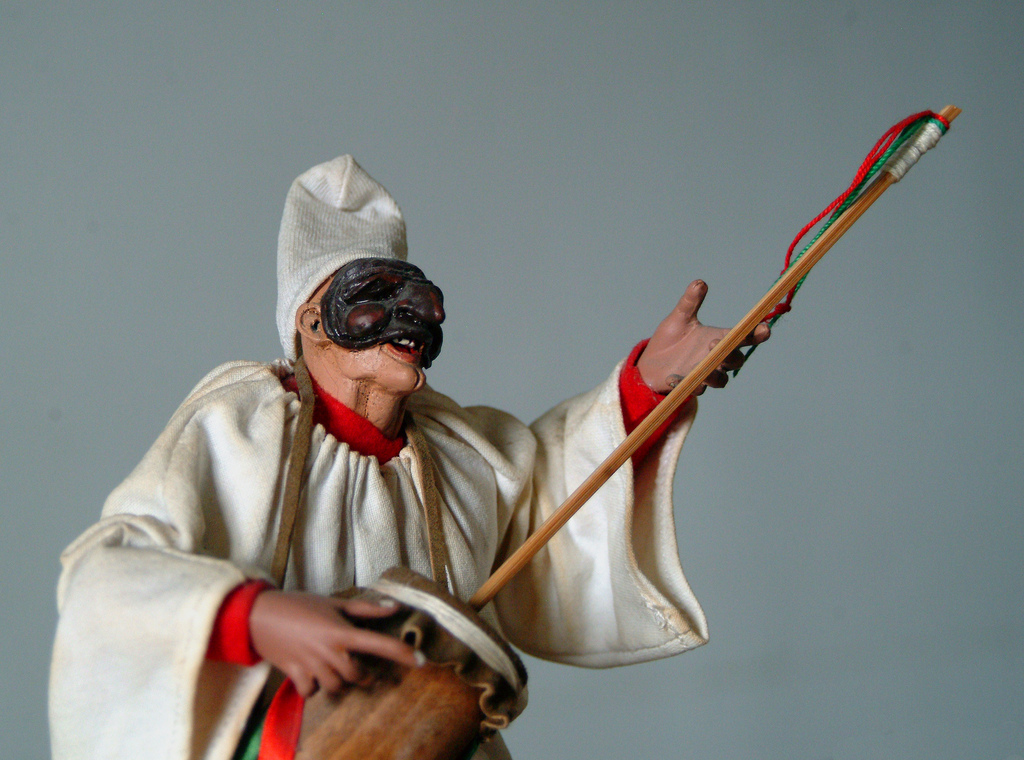The mandolin is the main instrument of Neapolitan songs

The most beautiful Neapolitan songs are accompanied by the sound of the mandolin. The mandolin is an instrument similar to the guitar and the lute. It's a very old instrument, but the Neapolitan mandolin was born in the seventeenth century, when the famous "Casa Vinaccia" (Historical family of lute makers) of Naples began its production. The mandolins of the Casa VInaccia are rich of inlays and ivory details.
The rise of the mandolin took place in the second half of the nineteenth century, in this period - in fact - the mandolin was considered the instrument of the upper-class and nobility. It is said, that even Queen Margherita was very good at playing it.
With the success of the Neapolitan song, the mandolin has lost its exclusive nobiliary use and becomes the emblem of Neapolitan popular music.
Neapolitan music: the art of tammurriata

Who knows the tammorra? The tammorra is a percussion instrument and - according to tradition - it is made with goat or sheep skin stretched on a drum, in which metal discs are fixed in pairs.
The tammorra is played by rhythmically moving the hand and with the other hand hitting on the membrane. The sound is very fascinating and it gave life to the so-called "Tammurriata", a popular dance linked to some spiritual rites of some areas of Campania.
A song well known as '' Tammurriata nera '' is one of the best known of the Neapolitan folk songs, where Naples is told during the Second World War.
Naples is a place that survived at foreign invasions, volcanic eruptions, earthquakes, popular revolts and that at the same time produced an avalanche of music in its history.John Turturro
A very particular instrument: what is Putipù?

Classical Neapolitan music has always been accompanied by some wonderful instruments. One of these is Putipù.
Putipù was originally made from a crock pot covered with cowhide, in the middle there was a hole in which a wooden rod was inserted. The sound was similar to a double bass and it was generated by the vertical movement of the wooden rod. Over the years, the instrument has been transformed.
Putipù was fundamental for Neapolitan songs: there wasn't a party in which it was not played!










Lascia un commento